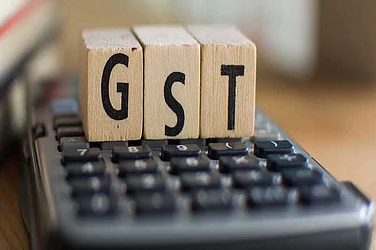Indian engineering education is clearly at a crossroads. On the one hand, there is a proliferation of engineering colleges, while on the other there is a sheer lack of quality teachers. Of late, there is also a waning interest in engineering education among students, with many students dropping out of even the high and mighty IITs. The employability of engineering graduates is another concern. If experts are to be believed, only 25 percent of the engineering graduates that India churns out every year are employable. What’s worse is that the salaries commanded by fresh engineering graduates are at par or less than those of commerce graduates, who spend much less time, effort and money on their courses. Outlook talks to experts from different fields on what currently ails Indian engineering education.
Participants
Prof Ramgopal Rao, Director, IIT Delhi; Jagdish Khattar, Chairman, Carnation and former Maruti Suzuki MD; Anil Razdan, former power secretary; and Dilip Chenoy, former MD and CEO National Skill Development Corporation.
Moderated by Arindam Mukherjee.
What are the challenges faced by engineering education in current times?
Prof Ramgopal Rao: If you talk about the IIT system, our challenge right now is to scale up IITs, which are pretty small when compared to universities abroad. Any university campus in the US has an average of about 40,000 students enrolled, whereas the number of students in IIT Delhi is only about 8,000. Whenever we mention this to the government, it talks about opening new IITs. But, that is not a solution. Many of these decisions are being taken for political reasons. One of the things we should do is scale up the existing IITs and aim for up to 30,000 students from the current 7,000-8,000.
Anil Razdan: There is a proliferation of engineering and medical institutions without any standardisation, this has been the basic issue. The massive churning out of people not fit for the job is another major issue. Some of these people are forced to apply for class II jobs after graduating, because they have hardly recieved any practical training. Most organisations of repute will not take them. Furthermore, most of the faculty in such colleges is not permanent, some of them are senior students who come and teach as ad hoc teachers. These ‘deemed’ universities can, at best, be called industries as their sole motive is profit-making.
Jagdish Khattar: In engineering colleges, the curriculum is content oriented rather than being practical. Maruti takes 4-5 years with an engineer before they are ready for the job. That is the cost they have to bear. The curriculum in most colleges is outdated. They have laboratories which are not in good shape. In engineering colleges, the focus is all on IT. When I was in Maruti, in the first 10 years, 70 per cent of all the engineers recruited were from IITs. Now, there are few as no one wants to work on the shop floor. All of them want a white collar job. The 40 per cent vacancy in engineering seats is because of commercialisation as no one wants to be a pure engineer anymore.
Dilip Chenoy: In the entire education system, we have fixed intake and outcomes. So, if 30 per cent of the people fail in the first year and only 70 per cent go to the second year, the college cannot admit people in the second year. Furthermore, we have an inverted structure. In other countries, more technicians are trained than engineering graduates whereas in India, it is the opposite.
Most new engineering colleges are in remote locations which lack good facilities. Consequently, professors don’t want to go there. The government-run institutions lack scale, and no matter how much fee they charge, they cannot manage. They don’t have labs, their classrooms are crowded and hostels are deteriorating. Also, the first year in most engineering colleges is actually spent to get everybody back up to speed. Therefore, you lose one semester because you don’t know where people have come from, their background.
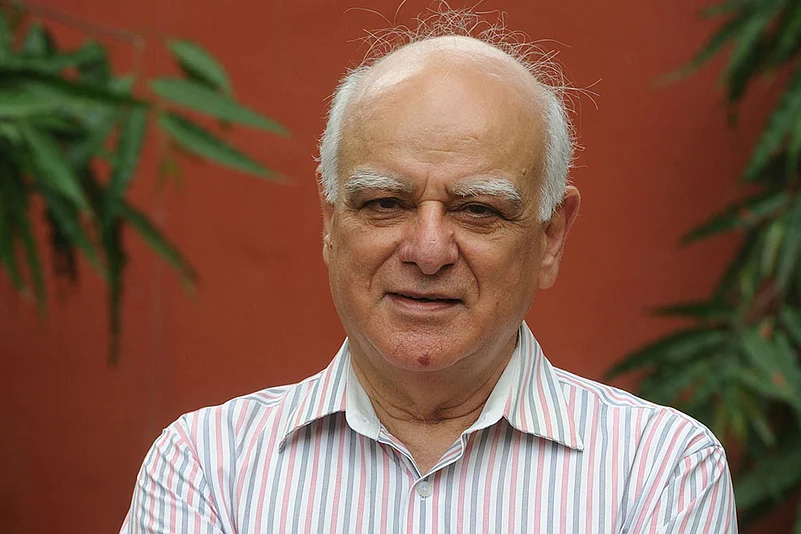
“There is a growth of engineering and medical colleges but the basic issue with them is that there has been no standardisation.”
Shortage of faculty is a problem that is faced by IITs and smaller colleges alike. What is the reason for this and how are colleges working to solve it?
RR: This is a big issue. IIT Delhi has 400 faculty positions vacant today. IIT Bombay has 350. If these two top institutes can’t get faculty, how will other institutions get them. We have not opened up our education as far as our faculty is concerned. This is because the IITs were started as undergraduate institutes. Only now has the government told us in very strict terms that we should produce more PhDs. Ten years ago, we had 200 PhD students, now we have 2000. This was not done earlier as there were no jobs for PhDs. Now Intels, IBMs and Motorolas, all are demanding PhDs and so, students are opting for them. But still we do not produce enough PhDs who can meet the demand of these companies and supply to the colleges as faculty.
DC: What has happened in the teaching space is that AICTE and UGC have recognised this and allowed institutions to hire adjunct faculty from industry. But there is a lot of rigidity in the system for faculty. It has to be more flexible and open. The way they have structured the reimbursement for adjunct faculty is not attractive. If you have to teach in a remote location, the structure is not conducive for attracting good talent. It is the same even in non-remote places.
Also, the way the curriculum is structured, the same thing is taught whether you want to join the industry or become a researcher or a faculty member. The time has come when in the last year of the course, there has to be a specialisation. Then you can actually get trained for it because people who become faculty members are not trained for the profile. The way the faculty are given time to do research and to go to industry in Malaysia or Philippines or China or the US, that whole structure is not available in India.
We have seen a proliferation of engineering colleges in many states but there is a serious question over their quality. Are we playing with the future of students?
RR: India produces 1.5 million engineers every year while the UK produces only 50,000. We are overdoing this.
DC: There is a challenge there. Andhra Pradesh accounts for the maximum number of engineering colleges in the country. It also accounts for a large percentage of unfilled seats. The largest number of students who go abroad for engineering are from the state. So there seems to be a system that doesn’t fit. When you visit the Andhra colleges, in the APTU curriculum, the type of labs that they mandate seem to belong to the 18th or 19th century. So, when these people go to a particular industry without hands-on training, the industry has to invest in them.
JK: In a country like India, with our population and per capita income, it is a disaster to depend upon the private sector for education. The State is needed here. It can give Rs 30,000 crore to Air India but their budget for health is only Rs. 6,000 crore. Is this the way to run the country? You are getting private people and politicians into education. You are commercialising health and education, the bedrock of our future. Yes, the private sector has to come and set standards, but not of commercialisation. Before we allow someone in, we should have a system of background check.
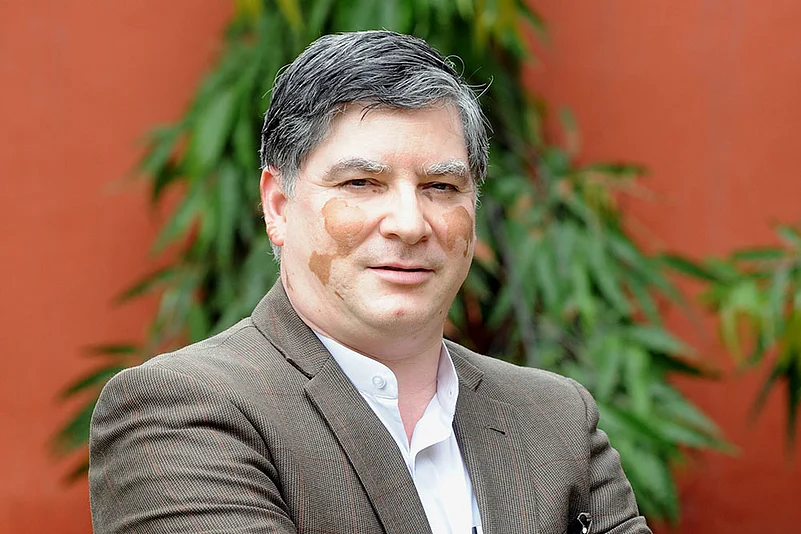
“In other countries, more technicians are trained than engineers. But in India we have more engineers than technicians.”
A direct impact of that is on the employability of engineers these colleges bring out. According to experts, only 25 per cent of engineers who graduate every year are employable.
DC: This is so because what we teach in the class is not employable. Today, companies are tying up with educational institutions to produce specific courses which are in demand in the industry. Some of the deemed universities and private universities are doing this. The majority of government run institutions are unable to do this. Colleges have a rigorous way of the board of studies; they cannot amend their curriculum and introduce new courses. We need flexibility in the system as we go forward.
AR: In 1985, I was the director in the education ministry and the new education policy was coming up. One of the interesting things in the report was that India would have so many unemployables. Now, that is what bothers me. When there are educated unemployables, it is a cause of great frustration. Therefore, we have to check the quality of these colleges.
JK: When there are jobs, they will take even unqualified chaps and teach them. And when you do not have a vacancy, you won’t even take the best. But, I think things are opening up. ‘Make in India’ will bring in some change but it will take five years. It cannot come overnight. You have to work more on the existing industries, start ups. But let us get the orientation towards manufacturing.
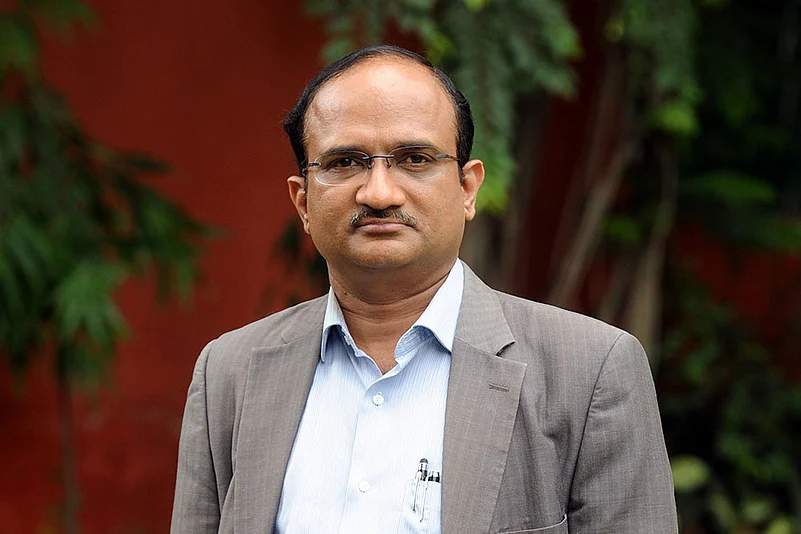
“If you put so many things in one exam, the pressure on a student is very high. One exam day will be a make-or-break day for him.”
There is a large number of students who clear the entrance exams very well, thanks to places like Kota, but beyond that they find it difficult.
RR: In IITs and NITs there is actually no difference. Our students can solve a problem in 15 seconds. An NIT student can solve it in 25 seconds. When they go and take up a job, it makes no difference whether you solve it in 15 seconds or 25 seconds. But that’s what the coaching institutes are basically doing.
In Indian education, it is all about finding a solution. There is never a correct solution. Whereas, in all our examinations, you have to find the correct solution. You are always looking for that correct answer. In engineering you keep on improving. Using whatever technologies you have, you optimize your technology.
DC: I think the issue is what we test and how we test. If you want to test memory and rote, then it’s not going to work because you’ve got to actually teach different ways of how to solve problems. But solving problems is not taught in majority of the engineering colleges.
Two weeks ago, I went to the lab in the electrical department in a college. There were 15 experiments: Validate Faraday’s law. Verify Kirchhoff’s law. When I said, what are you teaching? I was told this was mandated. Professors tell me their biggest challenge is the course. Students are running from one course to another to complete the syllabus.
There is a mismatch between what the industry wants and the kind of engineers we are producing. Now what does the industry want? And why are we not able to match that in our curriculum?
RR: It’s difficult. In IIT Delhi, let’s say TCS comes and says you teach this…we say we don’t want that. We don’t want to be focused on what one industry needs today. We want students to have an overview of things so that they can learn things. We want to make students ‘learn able’. We want to give them a strong foundation. They can pick up the skills and they can identify and do things. We don’t want to be focused on what a particular industry wants.
DC: Today, AICTE has an apprenticeship programme. They also have a national employability enhancement mission where you can get an engineering student to actually go out and do work, learn hands-on and include it in his result. But engineering colleges are not taking advantage of this. They are interested in four years, out, next batch in. It has become like a factory!
Competency involves three things: Attitude, knowledge and skill. Universities are only focussing on knowledge. So, you hear industries complaining about the lack of soft skills. You have to focus on all three aspects to make that student competent.
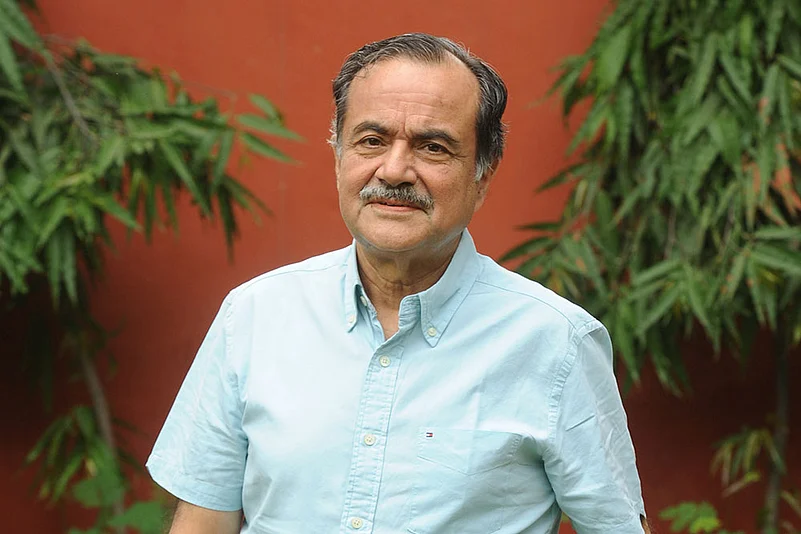
“No one takes notes in class as you get everything online. They teach what is known. You must in fact teach what is not known. ”
So do we need to take a very serious relook at the curriculum?
JK: Yes. The problem is that they are only going for theory. No practical issues are being taught. In the classes, no one takes notes since they can easily find the stuff online. They are just teaching what is known. You must teach what is not known.
The government has a proposal to combine engineering examinations like what they are trying to do for medical with NEET, how effective would this be and is this a solution to the problems.
RR: That might not solve things. If you put so many things in one exam, the pressure a student would go through is tremendous. That particular day will be a ‘make or break’ for his entire career. And a student would get just one option.
DC: The approach has to change. If you ask people are you willing to give the GMAT exam, nobody finds it a pressure test. Because one can give it whenever they are ready, they have to go to an authorized center and they need their GMAT marks before a certain date to apply to universities. We should try and create something similar for engineering. When you give the test, there is adaptive learning and those marks qualify. It could be a solution. Three hours determining your future on a given day is perhaps not an acceptable method of assessment.









